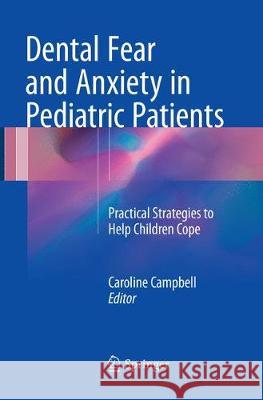Dental Fear and Anxiety in Pediatric Patients: Practical Strategies to Help Children Cope » książka
topmenu
Dental Fear and Anxiety in Pediatric Patients: Practical Strategies to Help Children Cope
ISBN-13: 9783319840048 / Angielski / Miękka / 2018 / 252 str.
Dental Fear and Anxiety in Pediatric Patients: Practical Strategies to Help Children Cope
ISBN-13: 9783319840048 / Angielski / Miękka / 2018 / 252 str.
cena 443,82
(netto: 422,69 VAT: 5%)
Najniższa cena z 30 dni: 424,07
(netto: 422,69 VAT: 5%)
Najniższa cena z 30 dni: 424,07
Termin realizacji zamówienia:
ok. 22 dni roboczych
Bez gwarancji dostawy przed świętami
ok. 22 dni roboczych
Bez gwarancji dostawy przed świętami
Darmowa dostawa!
Kategorie BISAC:
Wydawca:
Springer
Język:
Angielski
ISBN-13:
9783319840048
Rok wydania:
2018
Wydanie:
Softcover Repri
Ilość stron:
252
Oprawa:
Miękka
Wolumenów:
01











